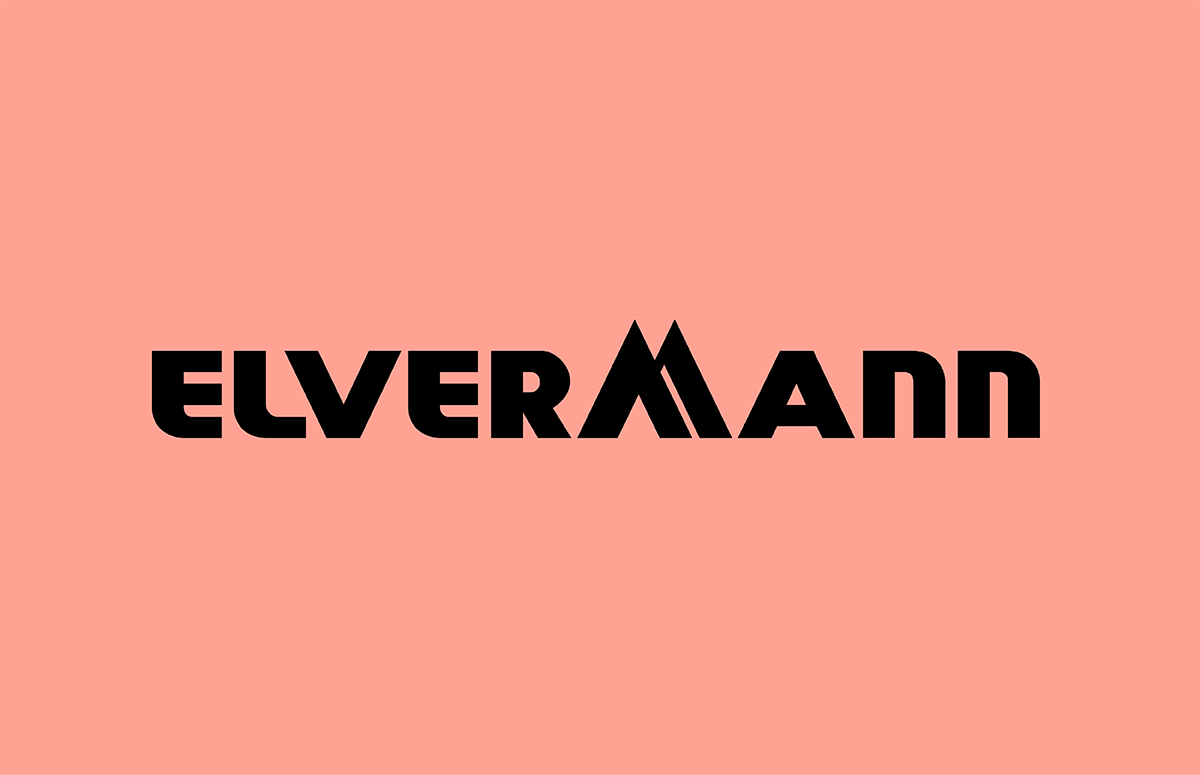Episode 3: Marketing Rebels – Don’t fix what isn’t broken (B2B content marketing)
During the Marketing Rebels series, we'll be interviewing B2B leaders who are tearing up traditional marketing playbooks. Best of all, they'll be discussing actionable, real-world insights you can steal for yourself.
Need to know how to win at Google? Want the lowdown on how to create lead magnets? Struggling to prioritise your metrics? Then you’re in the right place.
Cognism Group CMO, Alice de Courcy, chats with Juro’s Director of Content, Tom Bangay, about all things B2B content marketing.
Key takeaways
- eBooks still work as long as you do them right. That means coming up with and executing a compelling idea that resonates with your prospects and customers. To do that, you need to invest time and effort getting to know your audience inside out.
With SEO, you get out what you put in. So you can compete with and even outperform big market players by targeting your content output. - Matching searcher intent is key to driving relevant traffic to your site. So you shouldn’t just chase hero keywords. Try rank for relevant low-volume, high-intent keywords too.
- Focus on generating revenue above all else. Metrics can get noisy for startups and a back to basics approach can help keep you grounded.
Keep scrolling for the selected transcript...
Debunking eBook myths
Tom counters eBook slander:
“I love an eBook. Even on LinkedIn today Salesforce, HubSpot and IBM were pushing eBooks to me. And they’re quite successful companies. So I think the big caveat is you should do what works for you and eBooks aren’t gonna be right for every company. You might not have the team to do it or you might have another channel that works way better. But I think a properly executed eBook is still a good idea broadly speaking.
“Most of the objections I see to eBooks is them being done in the wrong way. For example, them taking a long time to produce. To an extent, that’s true but you can look to make your production more efficient? Are you getting maximum yield from it? Do you repurpose it into your blog and make it work for SEO?
“Another complaint is they don’t convert. If that’s the case, you can ask yourself: do you have a good follow up process? Are you writing the right things? Are you talking to the right audience? Have you researched your persona enough to make sure you’re saying the right things to the right people? Or was your eBook not very good?
“If it’s not compelling and it’s not good content, you’re not going to get people to trust you. Even if they give you their details, when you follow-up and ask their opinion on the eBook, it’s not going be a great conversation starter.
“I lean on contributor heavy, deep eBooks. But white papers are also important. It should be something chunky enough to get someone through a gate.”
How do you create a successful eBook?
Tom explains how detailed ICP research can help you create content that hits the spot.
“If you want to do a ‘Big Rock,’ you need a really compelling idea. To get to that point, you need to do loads of ICP research. There’s no more valuable use of your time than talking to customers and prospects. Doing off the record content discovery with perfect customers, existing customers and prospects.
“We work hard to make friends with these people so they’re comfortable answering our questions. Doing that content discovery is all about getting inside your customers’ and prospects’ lives. We go pretty deep to get this info.
“So we’ll ask them what tabs they open when they sit down at their computer. When they have a meeting with their manager, what questions do they ask that they don’t like? What questions don’t they ask they wish they did? Which other teams do you wish you could work with in your business? Which teams don’t you like? All of this is key to understanding what it’s like being them at work.
“Once you have an idea, we tend to use topics as umbrellas to involve because it allows you to get your perfect customers to talk about themselves. Our title, for example, was ‘Legal for Scaleups’.
“You need to build in flexibility to get great contributors on board. So if they have a specific topic they want to discuss, you can accommodate it. Our process for doing this is phone interviews which we transcribe in real time. That saves a lot of time after the conversation.
“Then we write a draft and send it over to them to review it. Usually people who are thought leaders are too busy to do this kind of thing themselves. In the interview format they have to do very little and it makes them look good, so they’re flattered. And if you get good contributors you get the network effect of them sharing it which is priceless."
Tom also says using content to piggyback can help your brand grow faster.
“Ultimately, as a marketer no one cares what you say. You need a byline because people need to know it comes from someone with topic expertise.
“You can obviously build brand recognition and authority organically, but it’s much easier to steal it from other companies. Get other more impressive companies to front your content and then you lean on their brands. That’s much quicker. And it also intermeshes you with their brands, making you more authoritative.
“To get influencers, start by pitching. It’s a low risk ask. All you’re doing is telling someone that they’re interesting and you want to make them a hero. Of course you'll get ignored, but it’s surprising how many respond. There’s not a big correlation between success and people who are willing to give their time.
“If we have a rough chapter structure for a book, we’ll wishlist it. That means listing the ten best authors we can think of, contacting them and seeing what happens.
“You can also use contributions tactically. If you have a prospect you want to close, include them because it’ll bring them closer to the company. If you’ve got a new customer, include them so they feel valued. On the whole, you can aim high. People will be generous if you ask in the right way.”
How to win at Google
Tom outlines how smaller fishes can make a big splash with SEO.
“We care about getting on page one of Google because everyone you’d ever need is in the platform doing organic searches.
“It interlinks with startups well because SEO and organic search is predictable. You get out what you put in. It’s not quite objective, but there’s a fairness to it. And as a startup, you have certain advantages over bigger companies. You have agility, focus & freedom. There’s also less supervision and you’re backed to do higher risk projects.
“So if you put enough effort into search, you can outrank much bigger companies just by doing it better and faster. If you Google ‘legal operations’ in the UK, Juro’s number one and number two is the $13 billion company we used to work for. You can outperform bigger, more successful, richer companies by doing something targeted well. That’s how you jump up the curve with a startup.”
Tom gets into the nitty gritty of how you can win at Google.
“You get a page one ranking by writing good content. The longer version of that is to optimise relevant content and build links to it. Obviously the harder a keyword is the more relevant it is. But if you want to rank for something that has a keyword difficulty of 0-10, you don’t need to do much link building at all.
“We rank number one for ‘contract management software’. It’s about $40 a click to buy that keyword, which is a lot. So we approached ranking for it by realising our advantage and maxing out on it. In our case, the advantage was guest posting. We had two writers and a CEO who was very comfortable with thought leadership, had a lot of interesting ideas and put a lot of trust in us to pitch and guest post on his behalf.
“So we took a scorched earth approach and guest posted on all of our customers’ blogs, all of our vendors’ blogs and did case studies with everyone we could. I even posted on my postgraduate University alumni blog because academic backlinks are like gold dust. It took a lot of work to get them to take the posts, but if you put in the work, you get the high quality links.
“For hard keywords, don’t mess around with poor quality links. That means anything with a domain authority of 50 or less. Go for the big boys and it’ll work for you.”
Low volume, high-intent keywords
Tom tells us how important it is to understand searcher intent when planning keyword projects.
“In general, it’s hard to determine the intent of high volume search traffic. Take something like ‘lead generation’ for Cognism. You might find that everyone searching for it is in the education phase. That’ll mean your page gets loads of traffic but won’t convert. Then you’ve got to work how to get them down the funnel because you didn’t know enough about the intent behind the search.
“So we came up with a project that meant we didn’t need to worry about intent at all. There’d be no way anyone arriving at these pages would be anything other than people looking to solve the problem we covered.
“Everyone who’s onboarded by Juro fills out a questionnaire where we ask them why they bought and what they’re trying to achieve. We also asked them what type of contracts they were looking to bring in because Juro tends to be really effective for high volume contracts like NDAs.
“This left us with two areas of pain. One was verbs. So it might be ‘automate,’ ‘simplify,’ ‘standardise,’ ‘digitise’. That would usually be combined with a noun. For example ‘NDAs,’ ‘offer letters’ etc. We knew at this point that the content would be relevant because this is what people buy the product for.
“Then your content plan has written itself. You’ve got ‘How to automate an NDA,’ ‘How to negotiate an NDA,’ ‘How to standardise an NDA’. All you have to do is write search-friendly 1,500 word articles about them and publish them on a specialist blog. When we did this we captured the keywords we wanted.”
Metrics
Finally, Tom gives a word of advice on tracking metrics.
“One thing I’ve learned about working in fast-growth startups is that there’s so much data to the point where it can start to get noisy. And it’s hard to work out what the important numbers are. To tune out the noise, I find it really useful to just focus on revenue.
“Don’t worry about site traffic, don’t worry about leads, don’t worry about MQLs, don’t worry about SQLs, don’t worry about SAOs. Worry about revenue. Like which activities actually led to money.”
Like what you see? Then don’t miss out on the rest of the series
Learn more about Mailtastic and email signature marketing



